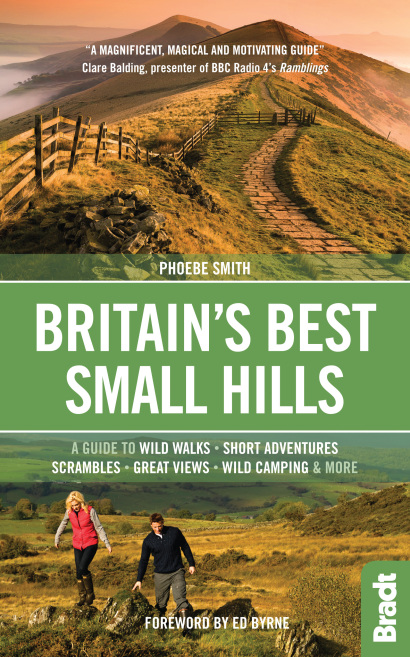Many famous mountain walking lists out there are based on height: think of the ‘National Three Peaks’ (the highest mountains in England, Wales and Scotland), the ‘Yorkshire Three Peaks’ (the loftiest three in Yorkshire) and the ‘Welsh 3000s’ (all 14 mountains in Wales over 3,000ft/914m). This might make you doubt that smaller peaks can be any good. But those who shun peaks based on their vital statistics are truly missing out.
Here, author of Britain’s Best Small Hills, Phoebe Smith, picks her five favourite English small hills that she thinks you definitely need to climb.
The Stiperstones, Shropshire
With your first glimpse of Shropshire’s often-overlooked Stiperstones you know you’ve arrived somewhere very special. For amidst the rolling hills and tree-covered slopes, protruding above this particular ridge is a knot of jagged quartzite rocky tors, clad with a fuzzy blanket of heather that flushes purple in late summer. It’s no wonder then that such an otherworldly, out-of-the-way spot, would be the catalyst for many a local legend.
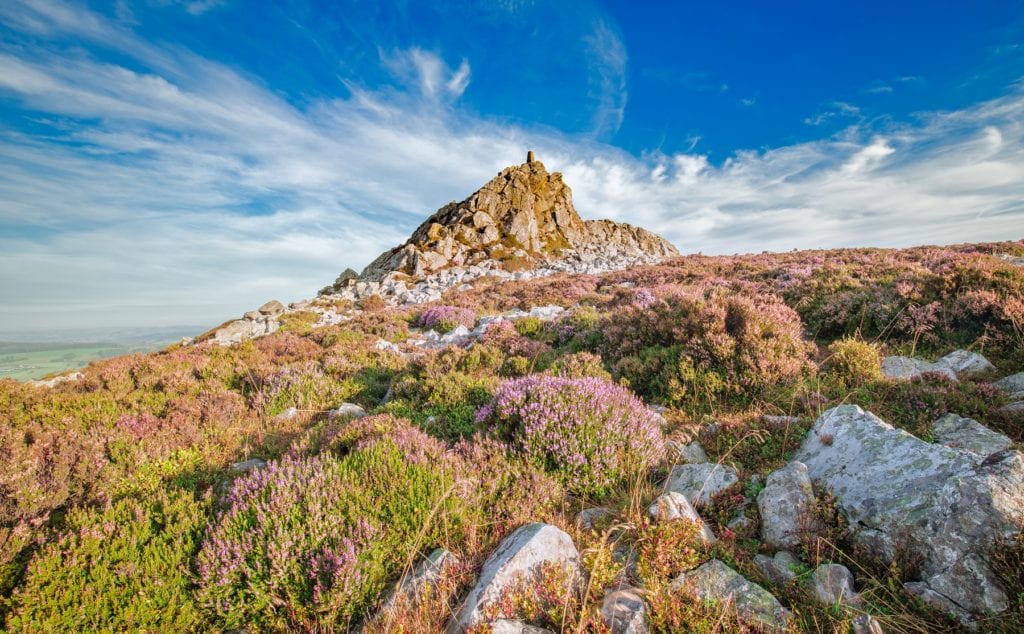
Take the Devil’s Chair, said to be the spot where Beelzebub himself would appear and where local witches would gather in anticipation of his coming. Then there are the Roman lead miners who toiled away on these slopes; many believe their souls linger here. Factor in a smattering of burial cairns from the Bronze Age plus a proliferation of red grouse uttering their haunting ‘go-back’ call and you can’t help but feel that someone (or something!) is out on this hillside with you. All the more reason to go, I say: well, that and the chance to scramble on some of these tors. Oh and the views. And I haven’t even mentioned the lack of crowds…
Castle Crag, Cumbria
It’s impressive to think that in just 2 short hours of hiking you can gain the summit of the pleasing promontory of Castle Crag, which has two rather special claims to fame (one per hour, you might argue).
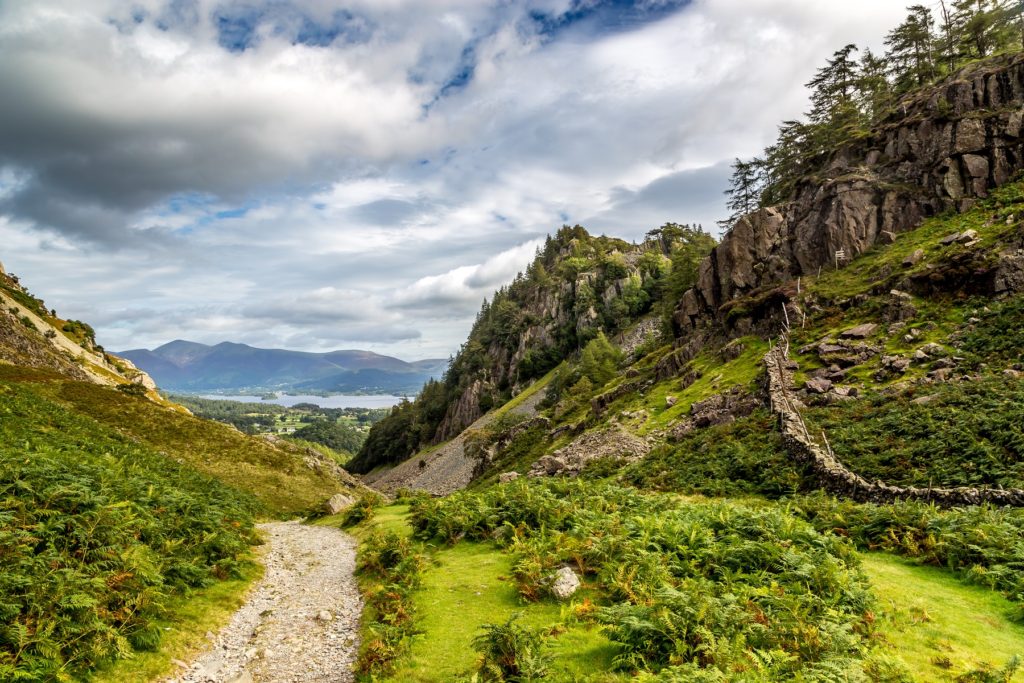
The first is that it’s the only Lakeland hill sitting under the 300m (1,000ft) threshold that makes it into author and illustrator Alfred Wainwright’s Pictorial Guides to the Lakeland Fells. This immediately suggests that this is a summit well worth your attention. With a climb to the top featuring slate spoils seemingly arranged like an elaborate sculpture garden plus views from the top spanning the raw beauty of the exquisitely glacier-gouged, U-shaped Borrowdale Valley, you’ll find yourself spouting summit superlatives with equal gusto.
Castle Crag’s second unique selling point is perhaps even cooler. Underneath the summit, deep in the belly of this mini-mountain, hides a very spacious cave that served as the summer home for a man called Millican Dalton back in the 1930s. Dalton gave up a house and good job in London in 1904 to live an alternative lifestyle. From the place he reputedly dubbed ‘The Cave Hotel’, Dalton would take mixed groups of men and women out climbing, walking and camping – all at a time when doing so was particularly taboo.
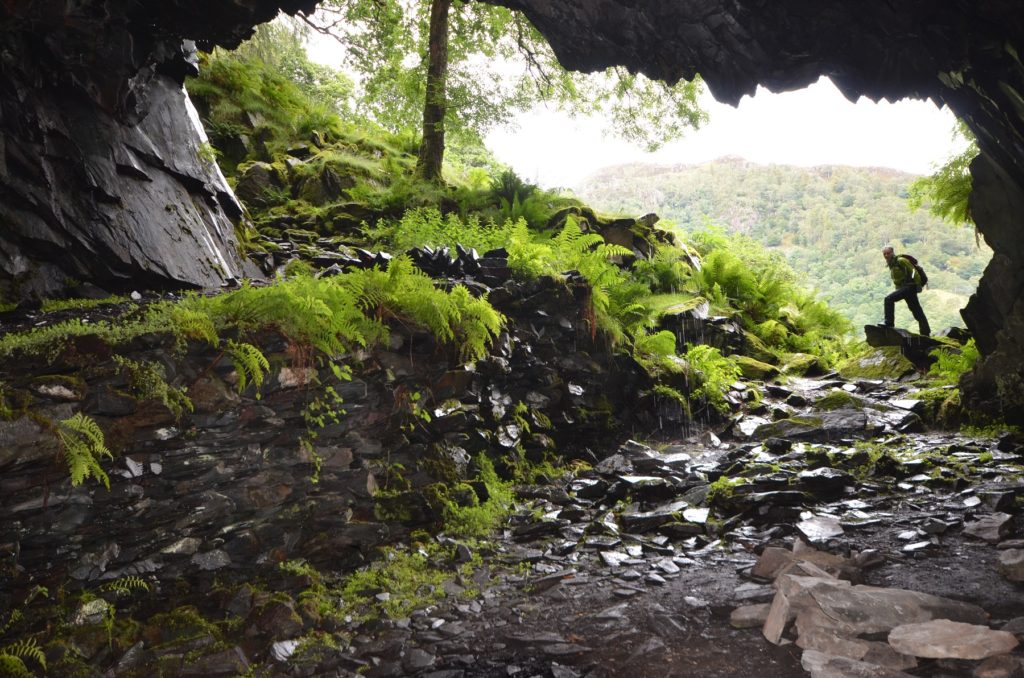
Though Dalton died in 1947 his legend lives on. Indeed, Dalton commemorated his own residence of the cave by penning his own epitaph inside (‘Don’t waste words, jump to conclusions’). Look at the wall of the cave opposite and you’ll also notice the letters AW carved into the rock – said to have been cleaved in by none other than guidebook writer Alfred Wainwright himself.
The Bell, Cumbria
It’s not often that a small fell can delight in a hands-on ascent, but The Bell is no ordinary summit. The rocky nose of The Bell hides considerable excitement in the form of a Grade 1 scramble. ‘Scrambling’ covers the middle ground between walking and climbing. Simply put, a Grade 1 scramble is like an easy climb without ropes, a sort of step up from simply hillwalking but not as tricky as a climb. You will need to use your hands as well as feet for at least some of the moves. In sum, a Grade 1 scramble will thrill but not terrify.
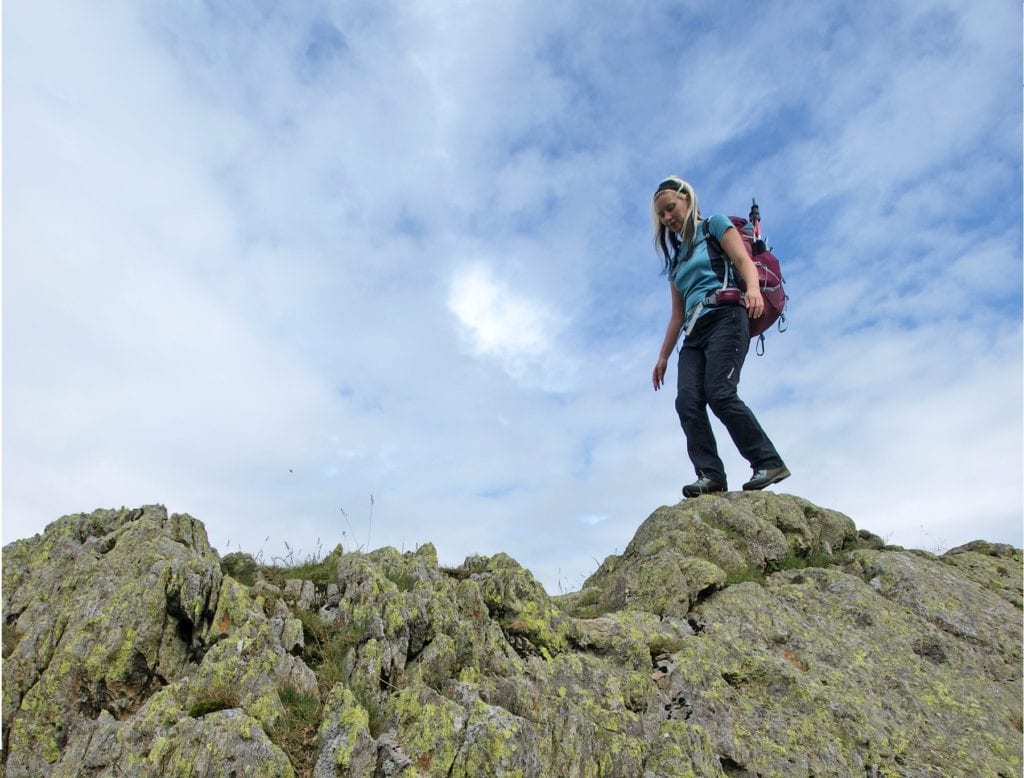
‘Scrambling’ can certainly be an exciting way to add some adventure to walking up little mounds – and you never know, you might discover that you have quite the taste for it, which could mark the start of a whole new hobby. At just 30 minutes to climb it via the scramble this is the perfect introduction to this grey area between walking and climbing and a handy skill to have.
Bow Hill, West Sussex
Many people write off southeast England in terms of hillwalking – diminishing the area to simply London and Brighton, with no real outdoors adventures to be had – but they’re very wrong. The chalk hills of the South Downs National Park of Hampshire and Sussex offer a whole bunch of great mini-peaks to check out – and sleep atop. Bow Hill is just one of these, albeit a very special one.
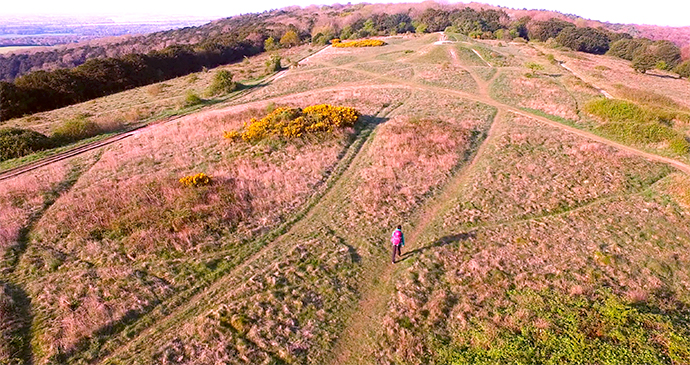
Bow Hill peeks up above the nature reserve at Kingley Vale, which is home to some of Britain’s oldest yew trees – some 2,000 years young. This natural heritage imparts a distinctly ancient feel to Bow Hill, making visitors appreciate that they are somewhere worth cherishing. And there is more than woodland coating the slopes of the down to conjure up Bow Hill’s spellbinding atmosphere.
On the summit itself are four Bronze Age barrows, which purportedly house the remains of Viking leaders that were vanquished by Chichester locals, with the intriguing names of Devil’s Humps or King’s Graves. Lore tells that the lesser Viking invaders who died on the slopes where the yews stand haunt the forest at night, when the trees themselves wander about. There’s only one way to bear witness to the magic yourself – take a hammock and watch for spectres amidst the groves as night falls.
Brown Willy, Cornwall
There’s something very special about Brown Willy – and not just the name – though perhaps we should deal with this first. Yes, it regularly makes the list of the most curiously named places in Britain, and yes, it can be used in many a pun. The name, however, actually derives from one of two local Cornish names: Bronn Wennili (meaning ‘hill of swallows’) or Bronn Ughella (‘highest hill’ – it’s the highest on Bodmin Moor and Cornwall as a whole).
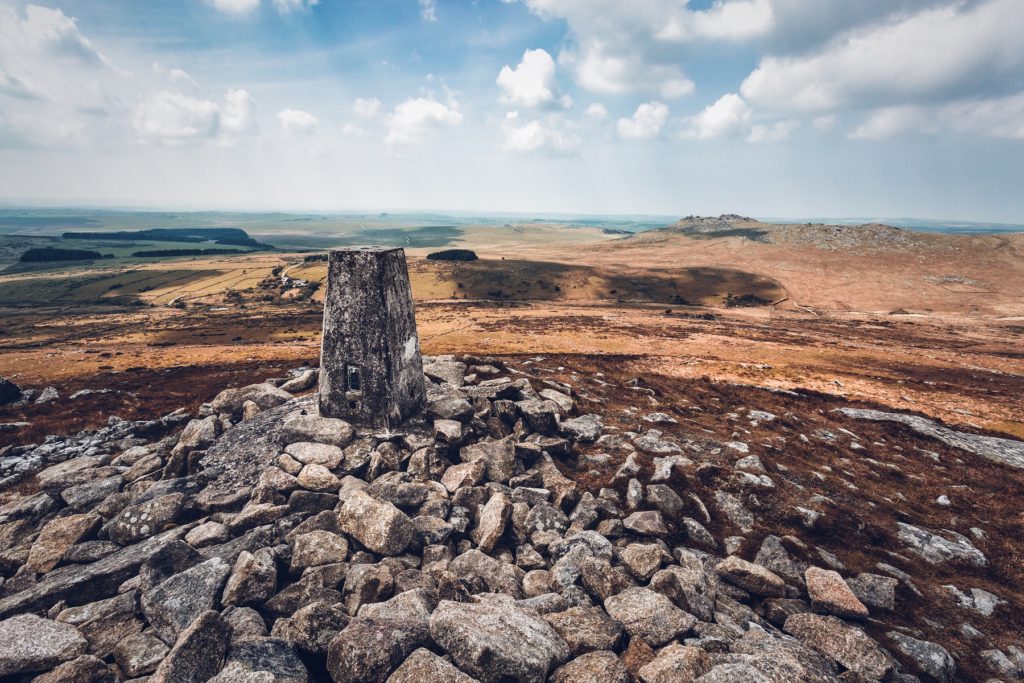
Names aside, despite its diminutive size this county top has plenty going for it. A monument near the start of the walk recounts the ghost story of Charlotte Dymond – a local 18-year-old murdered here in 1844 whose spirit is said to still wander Bodmin. There are Bronze Age settlements (hut circles, field systems and enclosures) including Fearnacre – one of the biggest in Cornwall. Pagans worshipped Roughtor Holy Well – on the northwest side of the fell of the same name – as a portal to another world. Then there’s the summit of Brown Willy itself which, every 23 November, becomes a mecca for followers of the Aetherius Society, a UFO-based religion, who believe that the sun charges the peak with ‘holy energy’ on this date.
Then throw in a bit of wildlife to further enhance this raw, burnished green wilderness – from three types of deer (fallow, red and roe) to birds such as curlew, wheatear and stonechat. Finally, there are wonderfully shaped tors, carved by the elements over millennia, that adorn its summit and make this county top the ideal locality for a perfectly placed wild camp… More than a few reasons, then, why Brown Willy is one special, though small, peak – but then, size isn’t everything… (sorry, I couldn’t resist).
